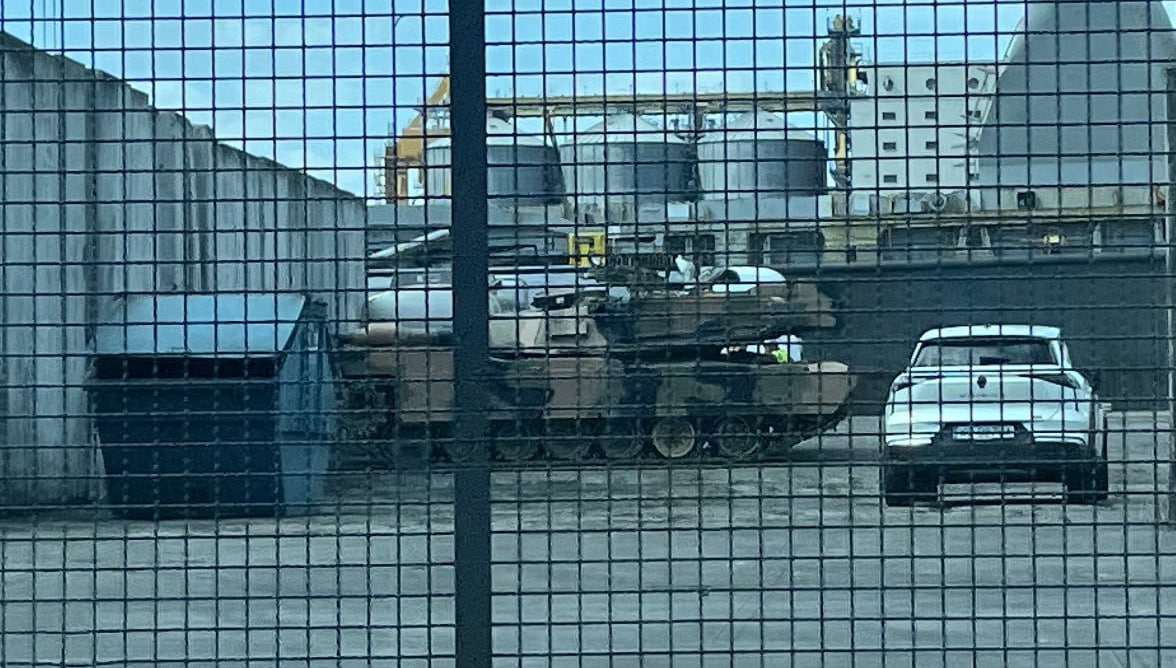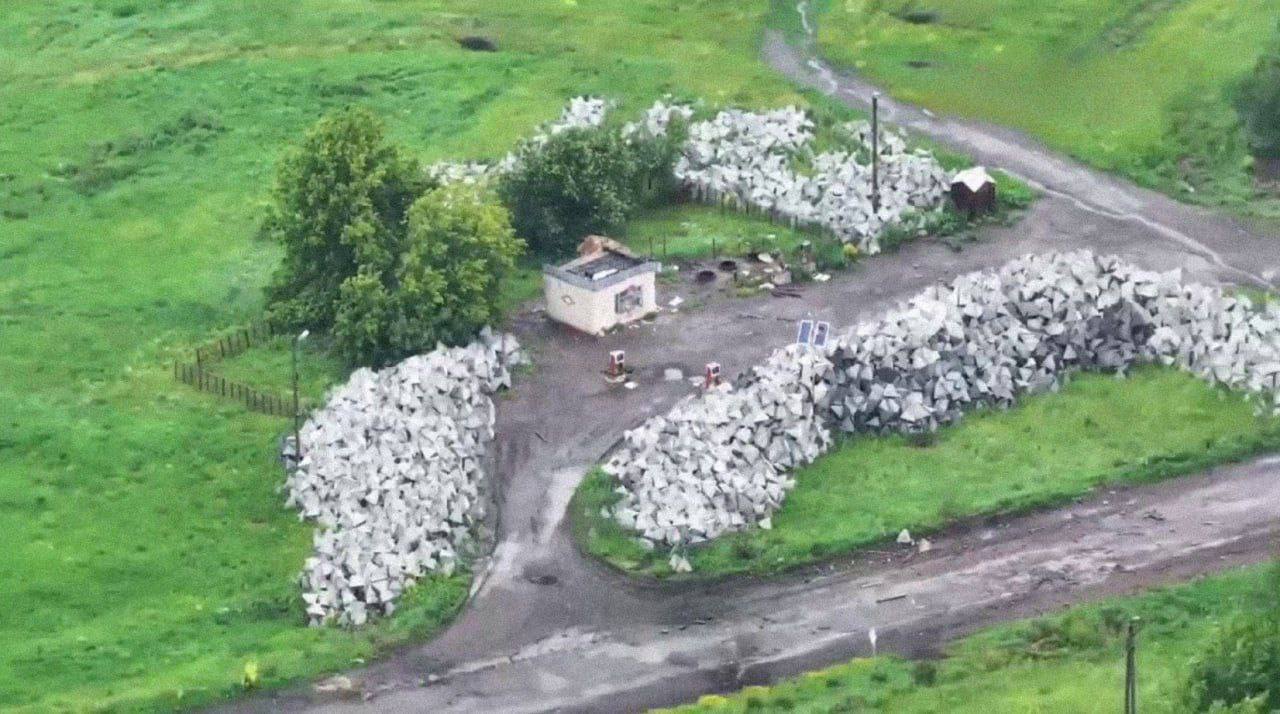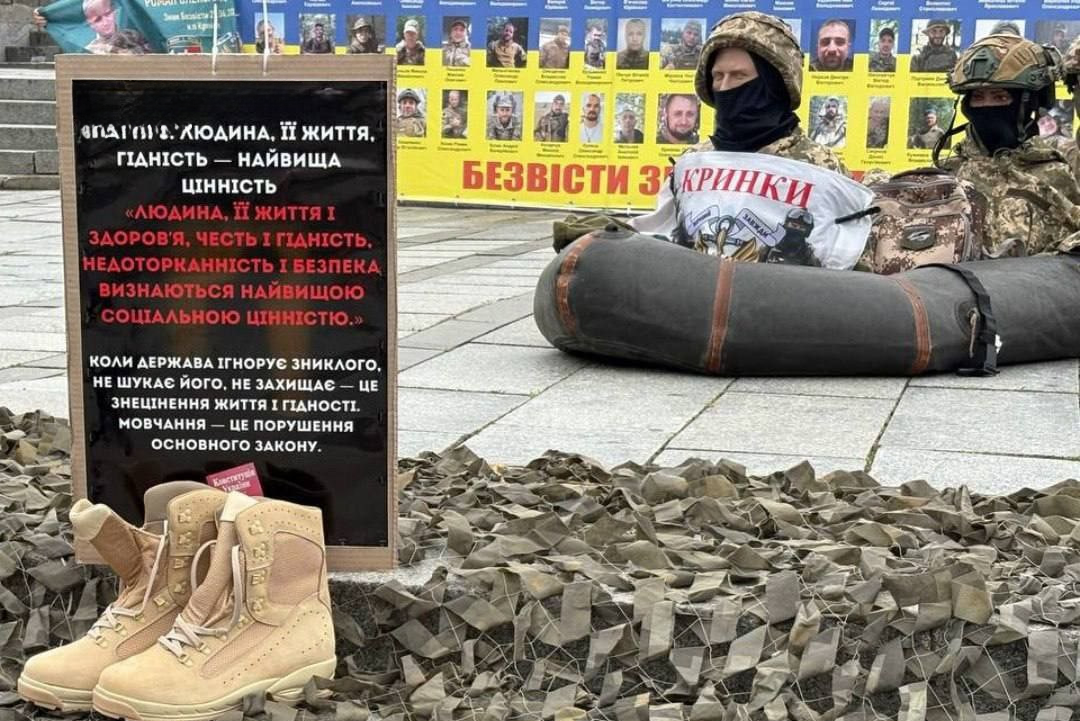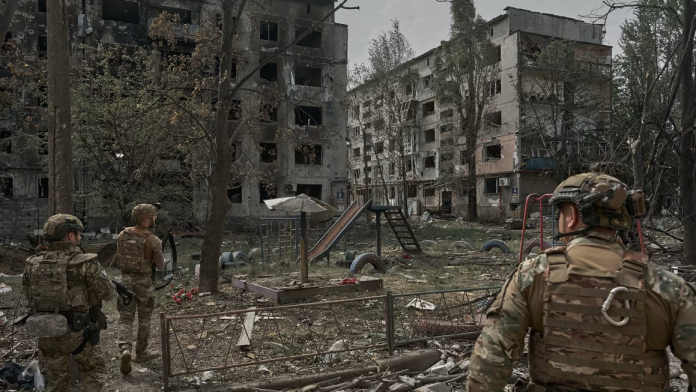Australian decommissioned M1A1 Abrams tanks finally arrived in Poland for transfer to the Armed Forces of Ukraine (AFU). Simultaneously, Russian artillery targeted the outskirts of Sumy and conducted large-scale strikes on refineries, disrupting Ukraine’s fuel logistics and threatening to paralyse defences.
Decommissioned aid: tanks arrived after lengthy delay
Australian M1A1 Abrams tanks destined for the AFU have finally reached Europe. The first vehicles were spotted in the Polish port of Gdynia following sea shipping. In total, Australia will hand over 49 decommissioned tanks, which should compensate for the losses of the Ukrainian army, which lost almost all 31 Abrams delivered by the US in 2023.
The decision on the transfer was made by Australia back in October 2024, but implementation was delayed due to the need to obtain US permission to re-export the equipment. Washington gave its consent only in May 2025, despite informal objections from US officials. They pointed to logistical challenges and the vulnerability of the tanks to drone warfare.

The AFU lost 22 of the 31 tanks of the first batch, most of them from drone and artillery strikes, according to independent analysts.
Sumy region: Russian artillery hits the outskirts
Russian troops have for the first time launched an artillery strike on the village of Pischane on 22 June, located less than 1 km from the administrative borders of the city of Sumy. This confirmed the expansion of Russia’s zone of fire control over the northern regions of Ukraine. According to Ukrainian media, 152-mm active-jet projectiles were used for the shelling, with rounds fired from Russian territory, presumably from Belgorod or Kursk regions.
The attack on Pischane is part of the systemic pressure on the Sumy hub, which plays a key role in the region’s defence. As experts note, the Russian army is avoiding an assault on the city, but is gradually paralysing it as a bridgehead for the AFU reserves.
This forces the Ukrainian command to redeploy additional forces and air defence units near Sumy, pulling resources from other sections of the front.
The challenges are aggravated by the fragility of Ukrainian fortifications. AFU fighters complain about the lack of modern trenches, minefields and anti-drone defences.

After the retreat in the spring of 2025, many positions had to be re-equipped under fire, adding to the losses.
Krynky: relatives demand answers
Meanwhile, relatives of Ukrainian servicemen who went missing in the village of Krynky, Kherson region, rallied in Kyiv. The protesters placed symbolic installations on inflatable boats with mannequins representing soldiers who tried to cross the Dnieper under fire.
The fighting in Krynky from December 2023 to July 2024 was one of the most controversial episodes of the war. Ukrainian units held a bridgehead on the left bank of the Dnieper, but were cut off after the Russian counteroffensive.
According to estimates, up to 800 people were encircled, with many dead or missing. Despite official statements about the “evacuation of all survivors,” families have still not received information about the fate of hundreds of soldiers.

Family members also point to payment issues. According to them, most families have not been given the promised payments, as the state has refused to pay the families of those who were recently returned in a body swap. The rally’s demands are to accelerate the search and investigate the actions of the Ukrainian command.
Increased strikes: fuel crisis as a weapon
Russian troops intensified their strikes on Ukrainian fuel and energy facilities. The key target was an oil refinery in Drohobych, Lviv region. Up to 100 drones and 15 Kh-101 cruise missiles were used during the attack.
Military experts see this as an operational calculation. The destruction of the refinery deprives the AFU of mobility, as the transition to manoeuvrable defence resulted in an increased need for fuel, with the lack of supplies leading to a logistical collapse.
The strikes also come ahead of regroupings of Ukrainian troops, disrupting the transfer of reserves. Experts note the difficulty of long-term storage of petrol and diesel fuel in field conditions, especially near the front line.
Ukrainian media shared footage the aftermath of strikes on the Dnipropetrovsk Tube Plant, which was reportedly working for the Ukrainian Armed Forces.
The Russian strikes on the refinery undermine the operational tempo of the AFU. The longer a front is on the move, the faster it collapses in a fuel famine. Russia chose such targets to retaliate after Ukraine’s attack on Russian airfields because the impact from such strikes is most noticeable in the short term.
Systemic strikes on refineries could lead to the destruction of the entire fuel refining and storage infrastructure in Kyiv. This will lead to a crisis in both military and civilian areas, including agriculture and energy, experts say.
The delivery of Australian Abrams tanks is unlikely to change the situation on the frontline, as the equipment’s wear and tear and vulnerability to drones are still present. In Sumy, Russian pressure is increasing, while strikes on refineries pose systemic risks to Ukraine’s defences.
Meanwhile, tragedies like that of Krynky continue to undermine confidence in the AFU command, whereas the war is entering a phase of attrition for Ukraine, where logistics and resources, rather than symbolic deliveries of equipment, play a key role.
